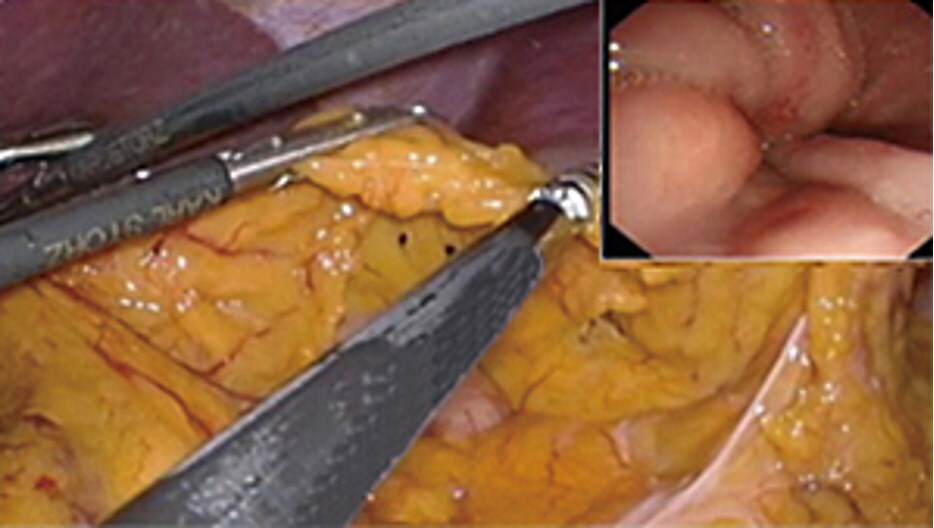Having introduced its HMZ-T1 personal 3D viewer aimed at the home entertainment market in 2011, and updating it in 2012 with the HMZ-T2, Sony has ventured into the operating theater for its latest head-mounted display. Unveiled last week in Tokyo, the "head-mount image processing unit" gives surgeons virtual X-ray vision by means of an endoscope feeding images to a pair of head-mounted monitors. This setup allows surgeons to view high definition 3D images from inside the patient while carrying out laparoscopic surgery.
Also known as “keyhole“ surgery, laparoscopic surgery is a less invasive alternative to more conventional procedures, which often involve slicing the patient open with a large incision. This is not only to allow the surgeon to reach in and work, but also to see what they're doing. The problem is that a foot-long incision is in itself a traumatic thing for the body to deal with.
In contrast, laparoscopic surgery only requires small incisions through which long probes equipped with grabbers, cutters and endoscopes are inserted. This approach is not only less invasive, but there’s also less chance of infection, less stress on the patient, and the incisions heal faster. Gallbladder removal, for example, which once required a large incision and a long stay in hospital can now be done with a couple of small incisions and a brief hospital stay.
One of the drawbacks of the technique is figuring out how to get a clear view of what’s going on. Usually, this involves the insertion of not only special tools into multiple incisions, but also endoscopes hooked up to television monitors that provide a flat image. Taken together, it’s almost like doing surgery by remote control. In recent years, 3D imaging systems have improved things, but there’s still room for improvement.

Sony’s answer is a head-mounted image processor with a 3D monitor that connects to a surgical laparoscope. The headset consists of a pair of 0.7-inch (18.0 mm diagonal) organic light-emitting diode (OLED) panels. According to Sony, these produce high-resolution (1280 x 720) stereoscopic images with precise reproduction of colors and blacks. Separate images are produced for each eye to prevent crosstalk. The headset is also compatible with 2D output from the endoscope, with the wearer able to switch between 3D and 2D views by selecting the "input" button on the image processing unit.

The system also has a Picture in Picture (PinP) capability, so two images can be displayed at once. Additionally, the images can be flipped both left and right, and up and down, so other members of the surgical team can view the image from their perspective. Another feature of the headset is a gap in the bottom of the visor, so the wearer can glance down at the patient without removing the headset.
Sony's head-mount image processing unit has so far only been approved for use in Japan and sells for JPY1,500,000 (US$15,300)
Source: Sony










